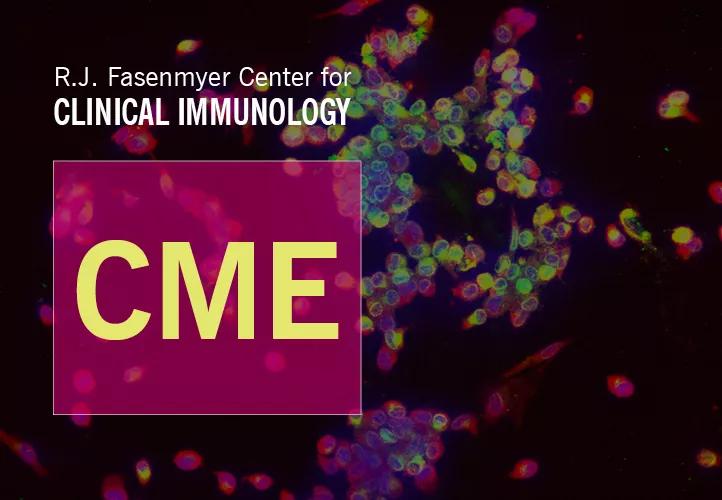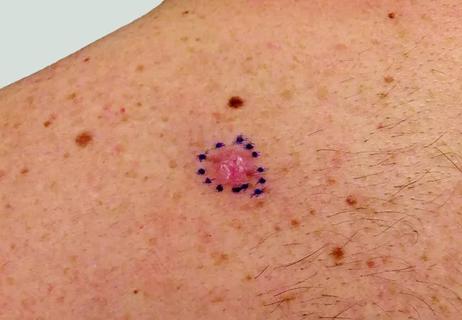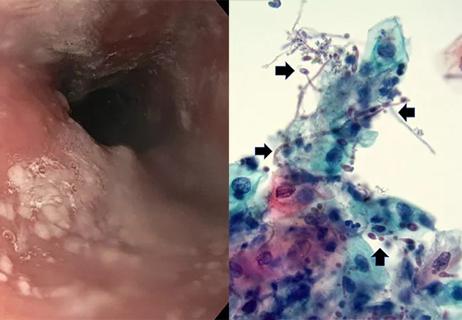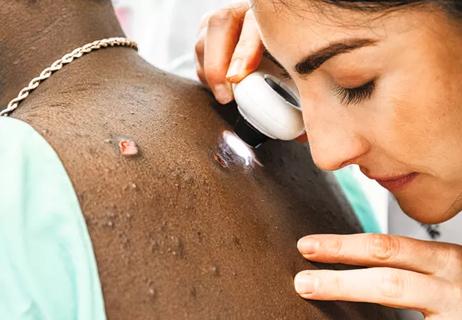Advertisement
Exciting developments continue

Advertisement
Cleveland Clinic is a non-profit academic medical center. Advertising on our site helps support our mission. We do not endorse non-Cleveland Clinic products or services. Policy
After two decades of using biologic therapies for immune-mediated inflammatory diseases (IMIDs), we now have an armamentarium of five drugs and a number of biosimilars, and options continue to grow at a record pace. There are now agents targeting T cells, B cells, IL-6, IL-1, IL-12/23, IL-17 and IL-23 as well as one JAK inhibitor, all FDA approved and many others in advanced stages of clinical trials.

A few areas to watch as advances continue:
The concept of interfering with intracellular networks and cascades, which affect multiple cytokines (as opposed to biologics which target single cytokines), by selectively targeting the Janus kinase family was initially a scary proposition. Interfering with phosphate transfer from ATP was considered too risky. With the introduction of tofacitinib, which has preference for JAK1 and JAK3 for rheumatoid arthritis, it has demonstrated itself as a potent add-on therapy for methotrexate incomplete responders as well as TNF failures.
Advertisement
More impressively, it is the first oral agent to demonstrate superiority over methotrexate for controlling disease activity in rheumatoid arthritis (RA). Even more recently, tofacitinib has demonstrated potency in psoriatic arthritis (PsA) in both DMARD as well as TNF inhibitor incomplete responders. This is interesting given that JAK systems do not mediate signal transduction from TNF or IL-17, both of which are important in PsA pathogenesis. It is likely that these are modulated by downstream effects of modulating other JAK sensitive cytokines such as IL-6 and IL-23. At the time of this writing, tofacitinib for PsA has been reviewed favorably by an advisory committee but is not yet FDA approved.
Tocilizumab has been the lead drug in this class and acts by inhibiting the IL-6 receptor both in its cell-expressed and soluble forms. Tocilizumab is an active agent in RA and is effective as monotherapy as well as in DMARD incomplete responders and biologic incomplete responders. A milestone occurred in 2017, when a biologic was fast-track approved as the first treatment for the treatment of giant cell arteritis. Exactly how this will be positioned versus the low cost glucocorticoid standard remains to be seen, but the GIACTA trial provided unequivocal evidence of its potency by reducing flares, sparing steroid dose and enhance quality of life measurements.
New to the IL-6 arena this year is sarilumab, a fully human anti-IL6R monoclonal made by a unique biologic platform based on the VelociMouse®, a new technology that enables the immediate generation of genetically altered mice directly from modified embryonic stem cells, thereby avoiding the need to breed multiple generations. Sarilumab is ‘fully human’ versus tolcilizumab which is ‘humanized’. Whether this will result in clinical difference remains to be seen. This VelocImmune®technology has led to a system of human monoclonal production that has shortened the time needed to engineer genetically modified mice and theoretically should allow monoclonal generation at reduced costs. VelocImmune Sarilumab is highly effective in RA and is approved for patients with moderate to severe disease who have failed one or more DMARDS, but may be given as monotherapy as well when methotrexate is not possible. There have been no head-to-head trials between these agents to date.
In the psoriasis space, there is incredible activity with a plethora of agents centering around IL-17, IL-23 and IL-12/23 inhibition. In the past six months ustikinumab, the only IL-12/23 inhibitor previously approved for psoriasis and psoriatic arthritis, has been approved for Crohn’s disease. This agent is of particular interest because of its low risk for opportunistic infections. Ustikinumab is also in advanced trials in spondyloarthritis and would be an interesting addition to this disease if approved.
As one of the most rapidly advancing areas in our field, an entire module of our upcoming meeting is devoted to it. The 6th Annual Basic and Clinical Immunology for the Busy Clinician will be held March 9-10, 2018, in Miami Beach, Florida. This one-of-a-kind course features three distinct modules: Fundamentals of Basic and Clinical Immunology, Immune Therapeutics (Advances in Biology Therapies for IMIDs), and Immunologic Health. It will also include daily yoga and mindfulness meditation.
To view the full agenda and faculty and to register, visit www.ccfcme.org/clinical.
This activity has been approved for AMA PRA Category 1 Credit™.
Dr. Calabrese is Director of the R.J. Fasenmyer Center for Clinical Immunology.
Advertisement
Advertisement

Experienced clinicians can bridge traditional care gap

Advancements lead to a new trial involving autoimmune disease

Treatment strategies require understanding of pathomechanisms

Education, prevention strategies and monitoring serves this at-risk group

Treatment for scleroderma can sometimes cause esophageal symptoms

Lupus Clinic providers collaborate to advance treatment and understanding

Symptoms complement one another

Collaboration was key to identifying source of nerve condition